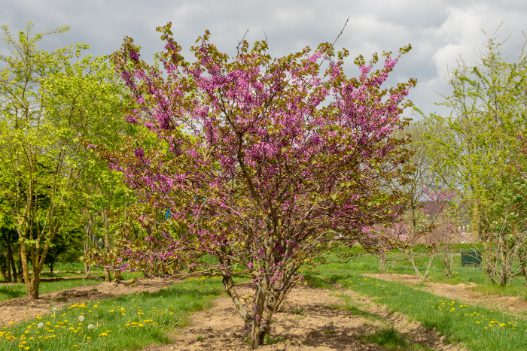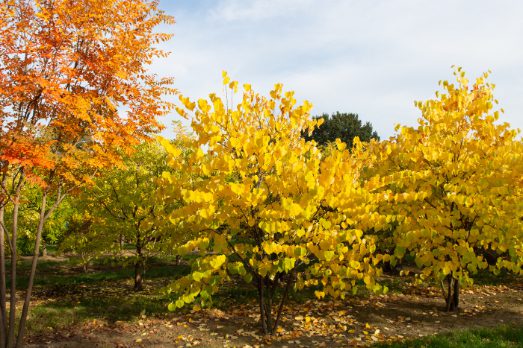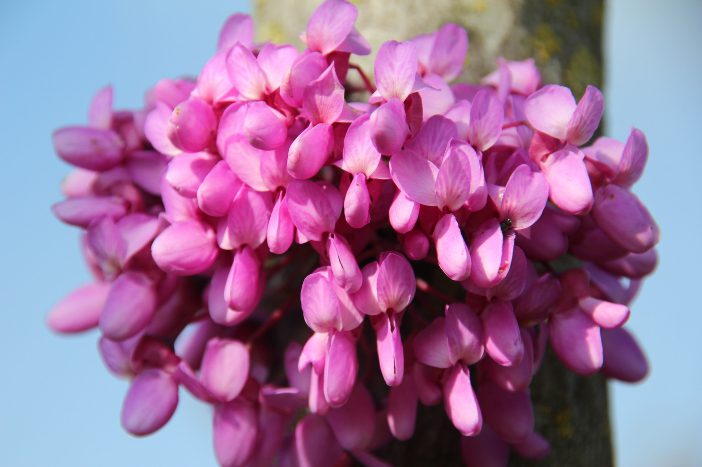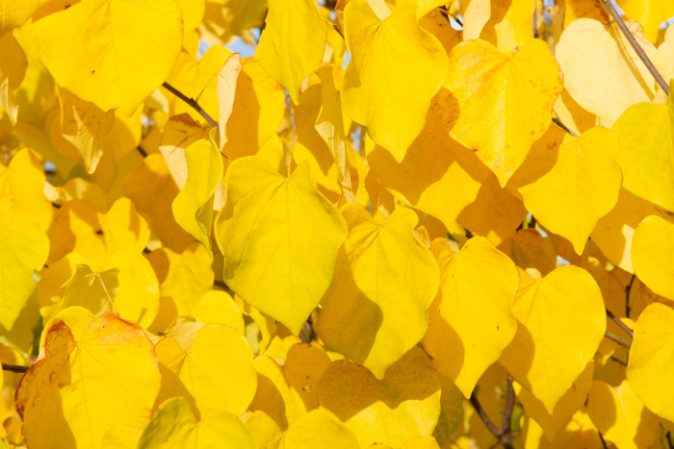Cercis siliquastrum | Judas Tree
Native to southern Europe and western Asia, the Cercis siliquastrum is a small but beautiful tree introduced into the UK in the 1600's. This tree has all year interest including a unique feature; clusters of rosy-pink-lilac, pea-shaped flowers that appear on bare branches and stems late April to May. The flowers are followed by fresh, green, heart-shaped leaves that turn yellow in autumn. July brings clusters of reddish-purple, flattened seed pods hanging from branches during winter. The Cercis siliquastrum is a slow-growing tree with an irregularly round crown that widens with maturity. This tree will grow well in most soil, in a sunny sheltered spot and is tolerant of drought but not damp conditions. The Cercis siliquastrum is a prefect tree for a small garden that will, in time make an interesting focal tree.
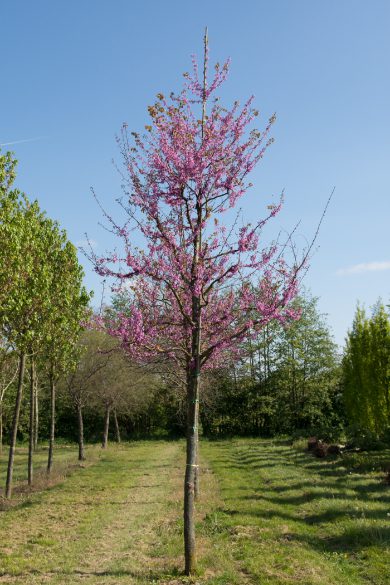
There is a myth that Judas Iscariot hanged himself from a tree of this species, causing its white flowers to turn red. However, this myth comes from the common name the "Judas tree", which is possibly a corrupted derivation of the French common name, Arbre de Judée, meaning "tree of Judea", referring to the hilly regions of that country where the tree was once common.

